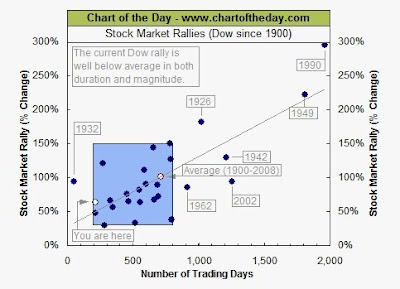"Seniors must redefine their idea of retirement to be successful."
New statistics for 2009 show most Americans believe they will not be able to afford retirement anytime soon. The annual Retirement Confidence Survey, conducted by Matthew Greenwald & Associates, found that only 13% of respondents feel very confident that they will enjoy a comfortable retirement, the smallest percentage since the survey began in 1993.
Respondents expect to work longer due to the economic downturn, with 28% of workers reporting that in 2009 they pushed back their expected retirement date.
Furthermore, 89% of those who are delaying retirement indicated they would do so for financial reasons.
According to Robert J. Krakower, CFP and author of Redefining Retirement for a New Generation, the old model of retirement no longer applies.
Krakower believes that would-be retirees must adopt new views of retirement planning if they hope to retire on time. “Forces such as increased life expectancy, the sheer size of the baby boom generation and the massive replacement of pensions with 401(k) plans, shift the risk away from the corporations, where it used to be, and onto the shoulders of individuals,” he said.
The current generation facing retirement, the baby boomers, face risks that previous generations did not, namely outliving one’s money. Today, retirees can hope to live 30 years or more in retirement. Retirees receiving Social Security constitute a much heavier burden for the work force to bear, placing that income source at risk. This situation is aggravated by the size of the generation entering retirement, which will result in the most new retirees in American history.
The traditional source of retirement income has also shifted, creating new challenges. Krakower notes, “The demise of the old pension plan and the rise of the 401(k) represent a new retirement risk. Now, individuals must cope with the risk that bad investment decisions can have catastrophic consequences for their lifestyle in retirement. Redefining retirement means taking a fresh look at all the assets to which individuals have access, and thinking in new ways about how to put those assets to work to generate lasting retirement income.”










